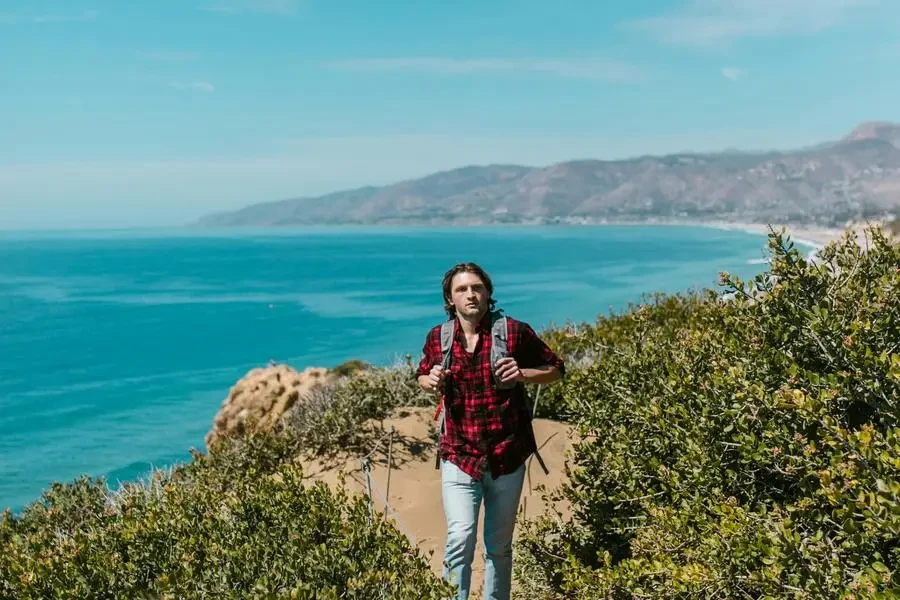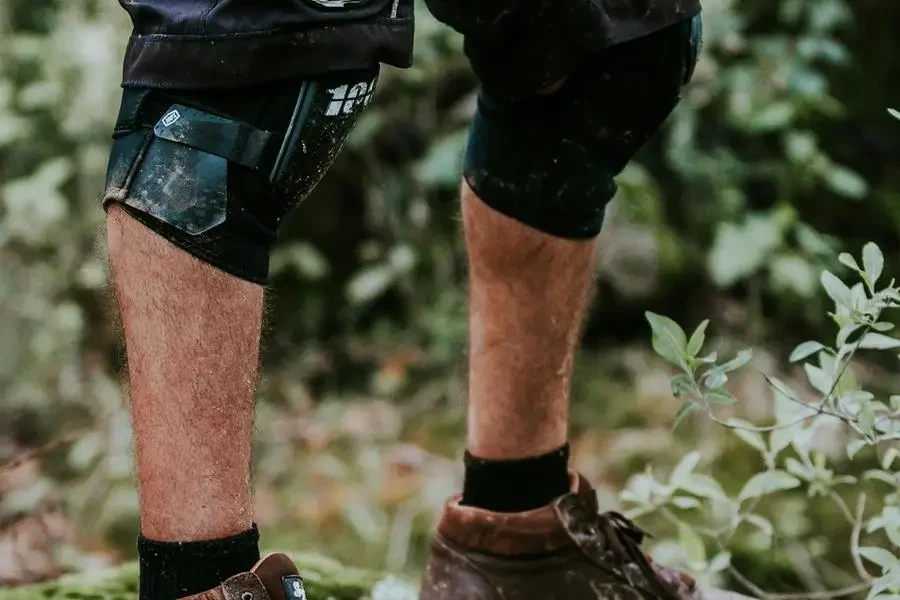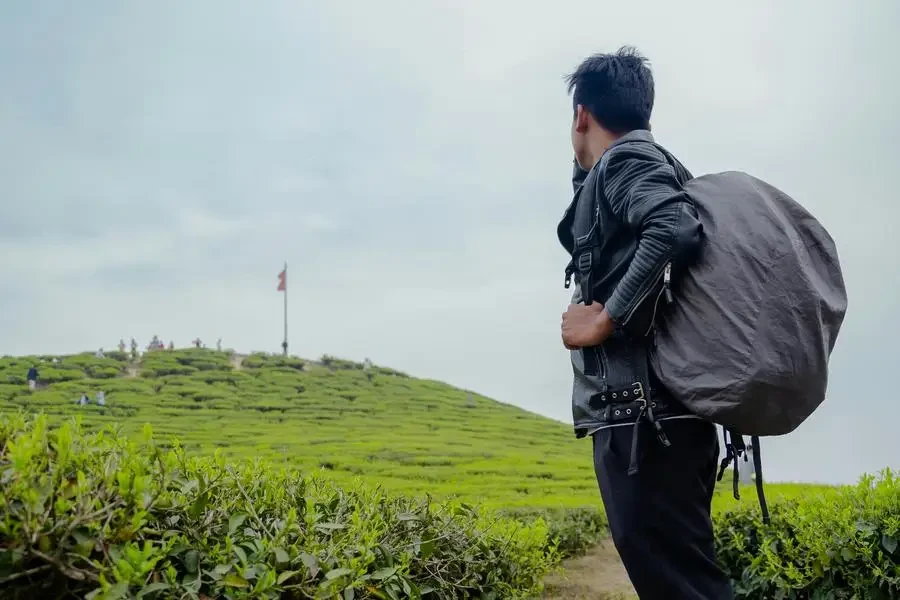Achieving greatness in outdoor adventures is to some degree dependent on the right gear. For any seasoned hiker, having a decent pair of hiking pants is one of the most common necessities. A good pair of hiking pants for men needs to be comfortable, sturdy and fashionable. If you are an outdoor enthusiast and planning to embark on a trek, you should know that what you wear significantly influences your experience. In this article, we will take a look at the five important considerations for selecting hiking clothes. By the end of this guide, you’ll have a clear picture of what to look for and why.
Table of Contents:
– Material and Fabric Technology
– Comfort and Fit
– Durability and Protection
– Practical Features
– Style and Versatility
Material and fabric technology

Advanced materials for performance
The material that hiking pants are made of is one of the main elements of performance. Modern hiking pants are made of plastics that breathe, transfer moisture and are flexible. Some of the most commonly used materials are synthetic blends of nylon and polyester that are durable and quick-drying. These fabrics are made to keep the body cool during intensive physical activity to avoid the accumulation of sweat while chafing.
Breathability and moisture management
Breathability – the ability to let air pass through the fabric – is important to prevent overheating on hikes in warm weather. Most hiking pants include mesh panels or ventilation zippers that help to let air through. Moisture-wicking fabrics pull humidity away from your skin, which also helps you stay dry and cool by accelerating evaporation. This is important for preventing chafing and skin irritations.
Stretch and mobility
For rough terrain, look for added stretch. A mix of spandex or elastane can make hiking pants more flexible, giving better range of motion when you’re climbing over rocks or making steep scrambles. Finally, look for pants with reinforced knees and gusseted crotch seams that keep garments from snagging.
Comfort and fit

Tailored to your adventure
Fit can make or break a pair of hiking pants. They should feel comfortable without fitting tight or too loose. Many pants come with an adjustable waistband or built-in elasticised belt that can be adjusted to each body. Some have an articulated knee, which gives more freedom of movement.
Seasonal considerations
The fit and comfort of your hiking pants should also take into account the seasons that you’ll be hiking in. Pants lightweight enough for summer hiking will be a looser fit, improving breathability and cooling. Pants snug enough for winter hiking can be layered under when you need to. Pants with convertible legs, that can be easily unzipped and turned into shorts, are a good choice for variable-weather hiking.
User experience and feedback
And comfort is very personal, so what’s comfortable for you might not be comfortable for me. Reading what actual users say about a pair of hiking pants can offer some of the same sorts of information that personal recommendations can provide – you’ll hear about how a pair of pants feels around the waist, how its length feels, how comfortable it is after a long day of hiking, and so on. This real-world feedback can be an excellent source of information from which to make more informed decisions specific to your own needs and preferences.
Durability and protection

Reinforced construction
You simply cannot afford to have your hiking pants fall apart when you’re out on the trail. Durability, then, is a must-have feature of hiking pants, and that means double or triple stitching, reinforced knees and rear ends, and high-quality zippers and snap closures.
Weather resistance
Weather is unpredictable and your hiking pants need to be waterproof: they need to keep you dry when it is raining or unexpectedly overcast. In addition to that, hiking pants are sometimes physically designed to have a waterproof fabric, or they might just be treated with water-resistant fabric. Such types of hiking pants are ideal for keeping you dry during rainy weather while hiking. Characteristics such as UV protection mean that you can hike in all weather conditions.
Insect and plant protection
You might be walking through prickly brush or even thick vegetation, and if you don’t wear pants with a tight weave, you might get bug bites or scratches from thorns. Some pants have technology built into them to ward off insects, which is a nice bonus when travelling to more tick- and mosquito-infested regions.
Practical features

Pocket placement and functionality
One of the most valued characteristics in hiking pants is pockets – both the availability and functionality of them. If the pants have several pockets, especially multiple zippered pockets, then your essentials like maps, snacks and a phone can be stored and protected. The location of pockets are crucial too – zippered thigh and cargo pockets give you ease of access without impairing movement.
Convertible and adjustable designs
You can’t dress for every possible eventuality, but versatility is important. Convertible hiking pants are pants that zip off at the knee to become shorts. If the weather changes, or if you come out of a tunnel and encounter heat and humidity, you can take off the lower half of your pants. Other pants have hems that can be cinched above the ankle so that they don’t drag in the mud, or can be loosened to let in ventilation.
Ease of care
Nothing makes you want to jump into a tent and read a book after a long hike like the thought of some complicated laundry instructions. Fortunately, most modern hiking pants are machine washable and quick-drying. They resist stains and can handle several washes without losing their performance. Easy care makes sure that your pants will remain intact for many adventures.
Style and versatility

Blending function with fashion
Functionality is important but so is style. Hiking pants are no longer designed just to perform but also to look good, combining thin lines and colours that will have you look good on and off the trail.
Transitioning from trail to town
Versatile hiking pants can work just as well as your regular casual wear. Look for cuts that aren’t obviously outdoorsy, yet still have all of the technical hiking features. This will also be a huge bonus for travel, where your one pair of hiking pants might have to double as your one friendly evening out pair of pants.
Sustainable options
More and more, sustainability is factoring into purchasing decisions for outdoor gear. Many manufacturers offer hiking pants made from recycled materials or from organic fabrics. Not only does choosing the eco-friendly version of a hiking pant reduce your footprint, it’s often still a high-performance product. Choosing eco-friendly hiking leggings can mean supporting environmental conservation while still enjoying the outdoors.
Conclusion
Consider materials, fit, durability and style, and it’s not hard to find the right men’s hiking pants for you. Focus on those four factors, and you’ll be well on your way to a pair of pants that can enhance your hiking experience and make sure that you’re protected and comfortable no matter where your hike takes you. The best hiking pants are the ones that will work for you, so go out and find them, and enjoy the experience!





 বাংলা
বাংলা Nederlands
Nederlands English
English Français
Français Deutsch
Deutsch हिन्दी
हिन्दी Bahasa Indonesia
Bahasa Indonesia Italiano
Italiano 日本語
日本語 한국어
한국어 Bahasa Melayu
Bahasa Melayu മലയാളം
മലയാളം پښتو
پښتو فارسی
فارسی Polski
Polski Português
Português Русский
Русский Español
Español Kiswahili
Kiswahili ไทย
ไทย Türkçe
Türkçe اردو
اردو Tiếng Việt
Tiếng Việt isiXhosa
isiXhosa Zulu
Zulu